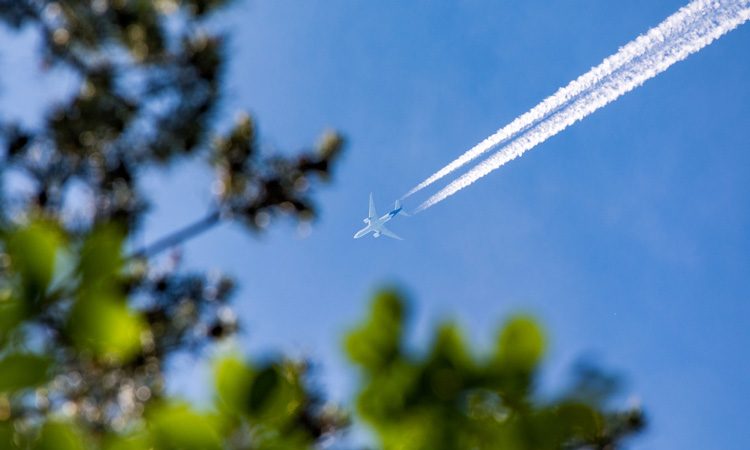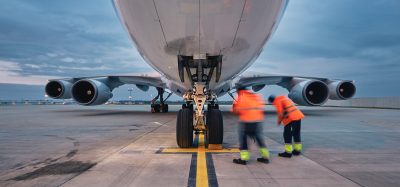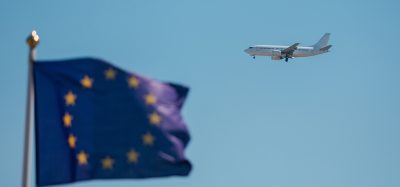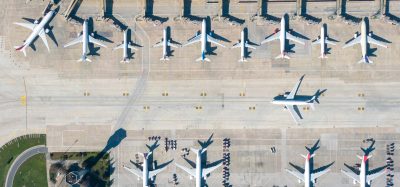Study shows CO2 reduction of shifting short-haul flights to rail are limited
- Like
- Digg
- Del
- Tumblr
- VKontakte
- Buffer
- Love This
- Odnoklassniki
- Meneame
- Blogger
- Amazon
- Yahoo Mail
- Gmail
- AOL
- Newsvine
- HackerNews
- Evernote
- MySpace
- Mail.ru
- Viadeo
- Line
- Comments
- Yummly
- SMS
- Viber
- Telegram
- Subscribe
- Skype
- Facebook Messenger
- Kakao
- LiveJournal
- Yammer
- Edgar
- Fintel
- Mix
- Instapaper
- Copy Link
Posted: 30 March 2022 | International Airport Review | No comments yet
A new study commissioned by European aviation associations and carried out by Oxera, has confirmed that the extent to which rail can substitute for air travel is limited.


With an increase in global decarbonisation targets, transportation has come under increased scrutiny, and in particular aviation. One solution that has been proposed to reduce greenhouse gas emissions from transport is a modal shift from air to rail. This has already been encouraged both through massive investment in rail infrastructure and by bans and taxes on short-haul flights in certain countries, with potentially more to follow.
However, a new study commissioned by European aviation associations and carried out by economics and finance consultancy Oxera, confirms that the extent to which rail travel can substitute for air travel is limited.
The report, ‘Short-haul flying and sustainable connectivity’, highlights the fact that the picture is far more complex than simply shifting from one transport mode to another. Building new railway lines has a high environmental cost due to the CO2 emissions associated with cement and steel production, and emissions from the fuel used for construction of infrastructure. The study also identifies significant impact on biodiversity and damage to wildlife habitats as additional environmental factors.
For many short-haul air routes with a lower traffic frequency, or at airports without a good high-speed rail connection, rail cannot be economically viable as it is based on a different business model with lower occupancy and speed rates. Moreover, there is no guarantee that passengers will switch from air to rail, choosing to travel by car instead, which could lead to higher CO2 emissions.
Importantly, aviation decarbonisation will be well underway by the time comparable rail infrastructure is deployed. Hybrid-electric aircraft will be trialled first on regional routes by 2030, bringing CO2 emissions down by 50 per cent per flight in that market segment. Therefore, as both the rail and aviation sectors decarbonise, the gap between air and rail CO2 emissions will be further reduced. In addition, as the routes most likely to decarbonise first, short-haul flights within Europe will play a significant role in rolling out lower carbon disruptive technologies first thereby accelerating wider decarbonisation roll-out.
Regional airports and airlines are crucial in their region’s economic and social development, as they ensure local economies can access bigger economic centres. They are key to the EU’s cohesion policy and essential tools to reduce territorial and social inequality. The European Parliament estimates that the aviation sector supports around five million jobs and contributes €110 billion to European GDP per year. If indirect effects are included, these numbers rise to 12 million jobs and at least €700 billion in GDP.
The heads of the aviation associations therefore call upon policymakers to take these environmental, social and economic factors into account when considering how to optimise the decarbonisation of regional transport in Europe.
Related topics
Airside operations, Emissions, Passenger experience and seamless travel, Sustainability, Sustainable development, Terminal operations, Workforce


















